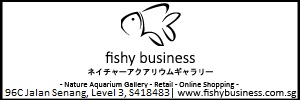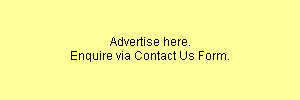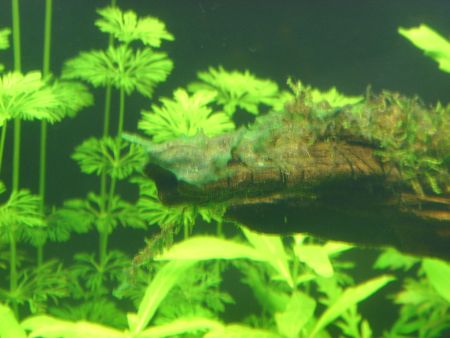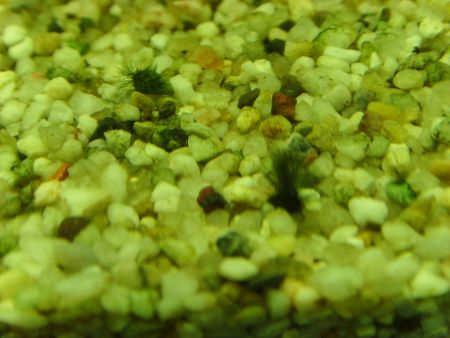First picture isn't showing bba. I think it is called BGA. Usually due to new tanks or still or little water circulation in the area. Usually it will clear up rather quickly if its a new tank. Else, introduce some otos will clear it overnight.
BBA usually is caused by unstable CO2. Over in this forum, most people use the PH/KH relationship rather than BPS method to determine the amount of CO2. Most aim to have at between 25 - 30 ppm of CO2 in high tech tanks.
Cheerio,
Sleepy_lancs
*~*~*~*~*~*~*~*~*~*~*~*~*~*~*~*~*~*
An afternoon trimming my watery garden is better
then an afternoon with a therapist
*~*~*~*~*~*~*~*~*~*~*~*~*~*~*~*~*~*










 And on top of that i had to remove the moss i had so painstakingly tied to it.
And on top of that i had to remove the moss i had so painstakingly tied to it.


 Reply With Quote
Reply With Quote


 [can't remember name]
[can't remember name]





Bookmarks